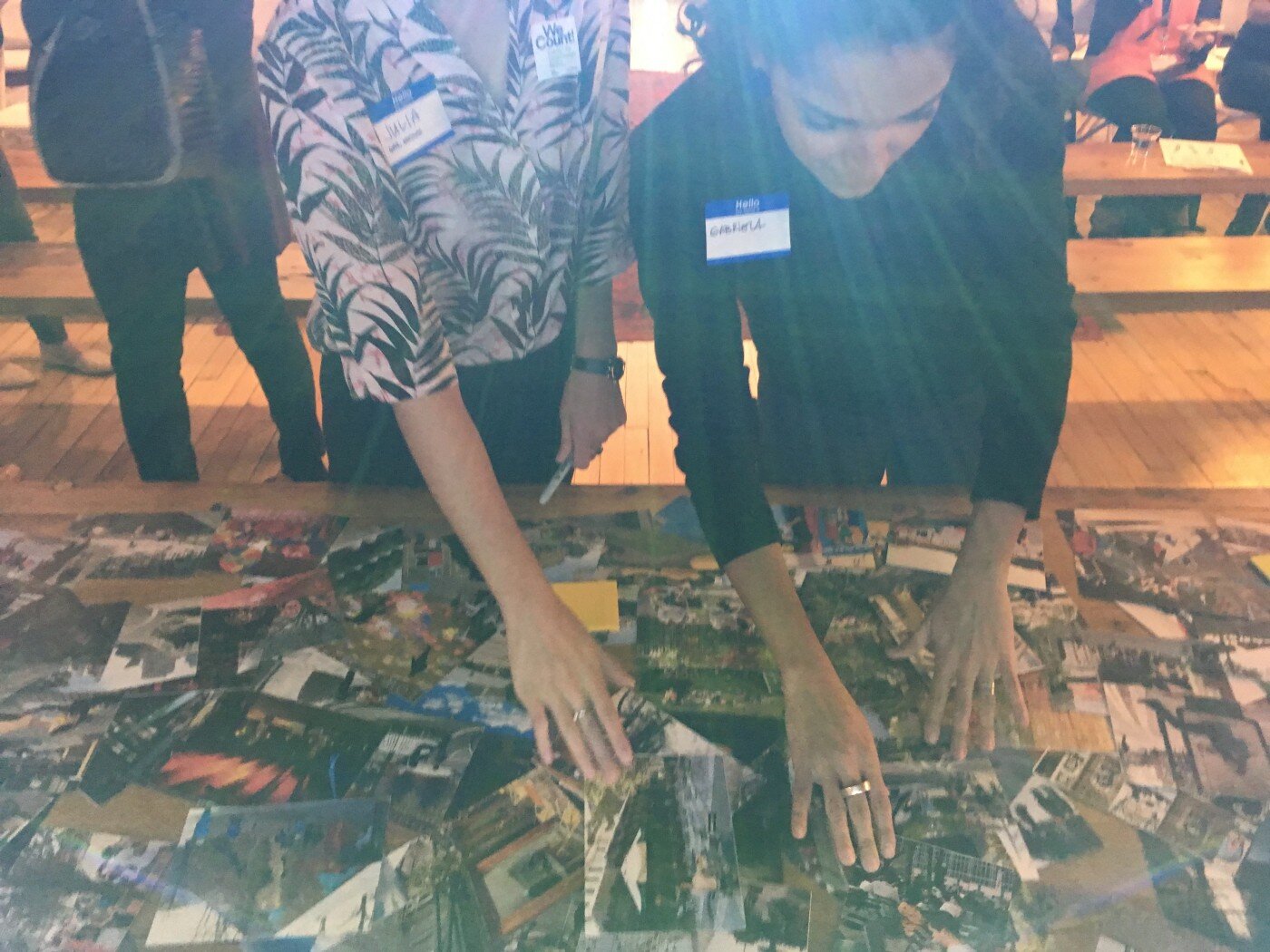Measure What Matters — People!
Every day, cities are out there measuring. Traffic jams, school performance, greenhouse gases, bike lanes, babies born, new businesses. They capture millions of data points to help determine what’s going on and how infrastructure and services can best support our collective urban life.
As architect and human-scale design champion Jan Gehl reminds us, “We measure what we care about.” While there are standard metrics for many parts of urban life — from parking spots to building permits — how do we begin to quantify the quality of urban life itself? In other words, how do we capture the “small data” of everyday life that doesn’t always have a clear intention or outcome, yet is critical to our happiness?
While standard city data is important to measure and ensure our basic needs for safety, mobility and economic growth, the “small data” of everyday interactions is often elusive. This means that the liminal moments like lingering in a plaza on a sunny day, chatting with a neighbor at the bus stop, or having coffee with a friend are both essential to our personal happiness, yet largely absent from the metrics that shape the plans and policies of our cities.
Enter Gehl Institute, an independent non-profit that builds on the lineage of Jan Gehl to advance our understanding of people and public space in ways that shape design and governance. Stae recently teamed up with Gehl Institute to enhance its Public Life Data Protocol and co-create new digital tools that support both a nuanced and scalable approach to the data (we’ll dig deeper into the details of our collaboration in our next blog post).
I sat down with Shin-pei Tsay, Executive Director of Gehl Institute, to discuss why measuring “small data” to improve city life matters, and how open source tools can help make these methods accessible more broadly.
At the warm-up to We Count!, a design sprint co-led by Gehl Institute and Stae, participants picked out images of public life that resonated with them.
Q: How do you define public life?
Public life is the lived experience you have when you step outside of your home or private space. It’s how you experience getting to work or how you navigate your neighborhood to accomplish everyday errands. It’s the characteristics that actually make people want to live in cities: seeing other people, being exposed to a diversity of cultures, having spontaneous interactions, and feeling a sense of independence and autonomy. It’s about being around other people, but also being anonymous — especially in dense cities.
Q: How does that understanding of public life influence design and policies in our cities?
One of the ways that we do this is by creating metrics around people and making them part of the equation. Typically cities will analyze cars, trees, linear benches, street lights. They’ll consider everything except people!
But take a simple question like where should the city install benches within the neighborhood? We collect data such as the general age of people at a given location, or if people are typically traveling alone or in groups, to make better-informed decisions. Then we translate these methods into simple tools that any city or community group can access and apply to their local context. Our big picture goal is to empower people with a sense of ownership and self-determination about how the city is built around them.
Testing the Public Life Data Protocol in Madison Park, New York City for the kick-off workshop to We Count!
Q: Why is it important to have a shared standard for observing public life?
This is very related to the work that Stae is doing. This kind of “people data” has typically been collected on a project-by-project basis. It’s been very hard to compare information even within the same city. By creating a shared language and protocol for how the data is collected, e.g. what is gathered and how it’s organized, we can start to make comparisons much more easily.
One of the long-term goals of having a standard protocol is interoperability. So, if you were to look at different technology tools to store or analyze data, you’d be able to use whatever tool is best. You don’t have to go with one vendor just because they have a proprietary language. The second reason for this is the ability to compare results across cities. We want to democratize the ability for cities to look at one another and create a global community around making better public spaces for people.
Q: What’s at stake for cities?
Actually, quite a lot! There are more and more technology solutions available to help cities manage public space. And while companies are collecting big data from all sorts of objects in our public realm, that data is pretty raw and may not have any kind of analysis or real relevance to the public good. We believe that the Public Life Data Protocol is a really important calibrating layer on that big data to help cities identify what is actually useful. We ground our work in questions like “What are we looking to understand?” rather than “What can we collect?” by taking a people-first approach to building cities.



